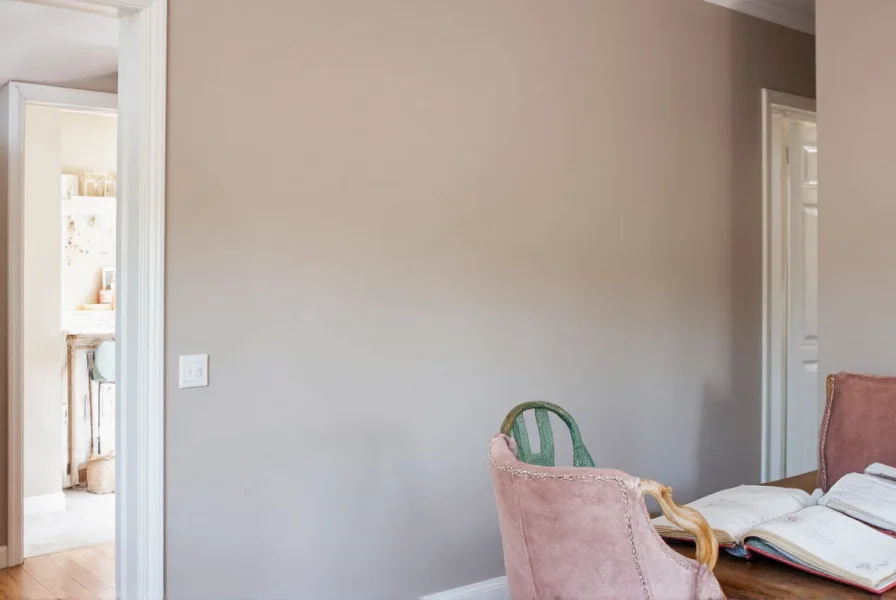Cinnamon slate paint has emerged as a popular choice among interior designers and homeowners seeking a balanced neutral that avoids the sterility of cooler grays. This distinctive color combines the sophistication of slate gray with warm cinnamon undertones, creating a hue that adapts beautifully to different lighting conditions throughout the day. Unlike standard grays that can appear cold or flat, cinnamon slate maintains its warmth while still providing the depth and versatility that makes gray tones so appealing in contemporary design.
Understanding Cinnamon Slate Paint Color Properties
The magic of cinnamon slate paint lies in its complex undertones. While appearing as a sophisticated gray at first glance, this color reveals subtle reddish-brown undertones that become more apparent in natural daylight. These warm undertones prevent the color from feeling cold or clinical, making it particularly suitable for spaces where comfort and relaxation are priorities.
| Color Property | Value | Impact on Design |
|---|---|---|
| Undertone | Reddish-brown | Adds warmth to neutral spaces |
| Light Reflectance Value | 35-40 | Creates cozy atmosphere without feeling dark |
| Best Lighting Conditions | Natural daylight | Reveals full depth of warm undertones |
| Complementary Trim Color | Cream or warm white | Enhances warmth without contrast |

Optimal Applications for Cinnamon Slate Paint
When considering where to use cinnamon slate paint in your home, focus on spaces where you want to create a welcoming yet sophisticated atmosphere. Living rooms benefit significantly from this color as it provides a neutral backdrop that makes furniture and artwork stand out while maintaining warmth. Bedrooms painted in cinnamon slate create a restful environment that avoids the coolness of standard grays. Studies and home offices gain a professional yet inviting quality that standard neutrals often lack.
For those wondering how to use cinnamon slate paint in small spaces, consider applying it to a single accent wall rather than all walls. This approach creates depth without making the room feel smaller. In larger rooms with ample natural light, cinnamon slate works beautifully on all walls, creating a cocooning effect that feels intimate rather than closed-in.
Color Pairing Strategies for Cinnamon Slate Paint
Successful cinnamon slate paint color combinations rely on understanding its warm undertones. Pair this color with cream or warm white trim rather than stark white, which can create an unpleasant contrast. For furniture and textiles, consider:
- Earthy tones like olive green and terracotta
- Rich jewel tones including deep emerald and sapphire blue
- Natural wood finishes with warm undertones
- Brass or copper metallic accents
When selecting accent colors, remember that cinnamon slate paint works best with other warm hues. Cool colors like bright blues or purples may clash with its reddish undertones unless carefully balanced with transitional elements.
Practical Application Tips for Cinnamon Slate Paint
Before applying cinnamon slate paint, test samples on multiple walls in your space to observe how the color changes with different lighting throughout the day. This color often appears significantly different in north-facing rooms with cool light versus south-facing rooms with warm sunlight.
For optimal results when applying cinnamon slate paint in living rooms, follow these professional tips:
- Use a high-quality primer to ensure true color representation
- Apply two full coats for even coverage and depth
- Choose an eggshell or satin finish for most interior walls
- Allow 24 hours between coats for proper drying
- Paint trim and ceilings in a complementary warm white

Comparing Cinnamon Slate Across Major Paint Brands
While the name "cinnamon slate" appears across multiple paint brands, formulations vary significantly. Sherwin-Williams' version tends to have more pronounced reddish undertones, while Benjamin Moore's interpretation leans slightly cooler. When selecting your paint, always compare physical swatches rather than relying on digital representations, which can vary dramatically across devices.
For those researching cinnamon slate paint vs similar colors, consider these alternatives:
- Repose Gray (slightly cooler with less warmth)
- Agreeable Gray (more beige-toned)
- Worldly Gray (darker with stronger brown undertones)
The unique appeal of cinnamon slate lies in its perfect balance between gray sophistication and earthy warmth, making it an excellent choice for those who find standard grays too cold but want to avoid the intensity of true brown tones.
Avoiding Common Cinnamon Slate Paint Mistakes
Many homeowners make critical errors when implementing cinnamon slate paint. The most common mistake involves inadequate lighting assessment—this color can appear dramatically different at various times of day. Another frequent issue is pairing it with cool-toned elements that clash with its warm undertones. Finally, using insufficient lighting in rooms painted cinnamon slate can make the space feel darker than intended.
For best results with cinnamon slate paint in north-facing rooms, incorporate additional warm lighting sources and pair with warm-toned furnishings to maintain the color's intended effect. In south-facing rooms with abundant natural light, you can afford to incorporate slightly cooler accents without losing the warmth that makes this color special.










 浙公网安备
33010002000092号
浙公网安备
33010002000092号 浙B2-20120091-4
浙B2-20120091-4